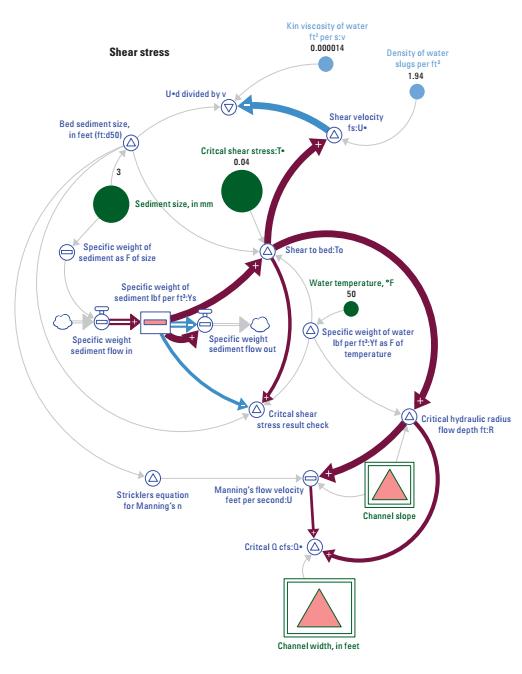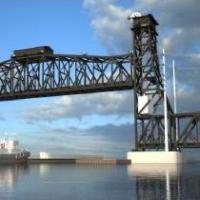The Virginia Bridge Scour Pilot Study (Scientific Investigations Report 2022–5059) was prepared by hydrologist Samuel H Austin of the US Geological Survey’s Virginia and West Virginia Water Science Center, working in cooperation with the Virginia Department of Transportation.
The study says that recent studies of streambed composition identify potential bridge design cost savings when attributes of cohesive soil and weathered rock unique to certain streambeds are considered at the design stage. To achieve potential cost savings, however, attributes and effects of scour forces caused by water movement across the streambed surface must be accurately described and estimated.
The report explores the potential for improving estimates of the hydrologic flow afforded by carrying out empirically based deterministic, probabilistic and statistical modelling of flows using stream data from 10 selected sites in Virginia.
Tools have been developed that may assist with estimating hydrological components of flow duration and potential cumulative stream power for bridge designs in specific settings, says the report. The tools also calculate projections of anticipated pier scour rates for individual bridges.
Examples of hydrologic properties needed to determine the rates of streambed scour are described for sites spanning a range of basin sizes and locations. Eight tools provide examples of streamflow analysis using daily and instantaneous streamflow data collected at the 10 study sites.

Above: A diagram of system dynamics structural elements describing streambed shear stress feedback loops





